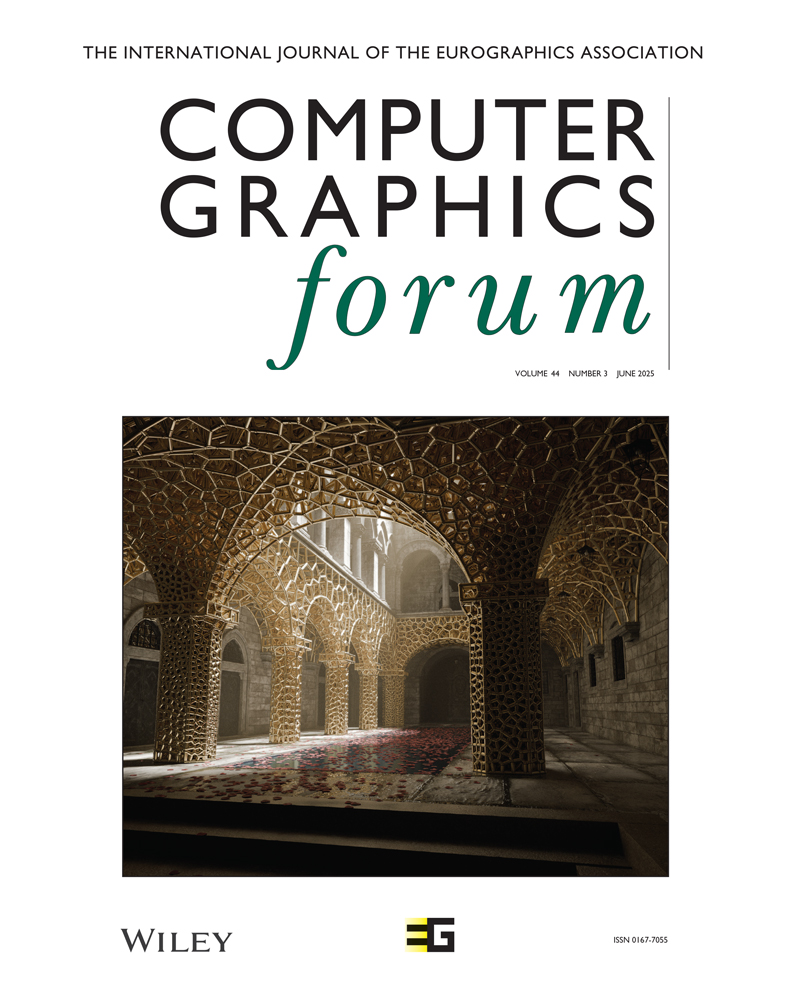Biologically-Inspired Visual Simulation of Insect Swarms
Abstract
Representing the majority of living animals, insects are the most ubiquitous biological organisms on Earth. Being able to simulate insect swarms could enhance visual realism of various graphical applications. However, the very complex nature of insect behaviors makes its simulation a challenging computational problem. To address this, we present a general biologically-inspired framework for visual simulation of insect swarms. Our approach is inspired by the observation that insects exhibit emergent behaviors at various scales in nature. At the low level, our framework automatically selects and configures the most suitable steering algorithm for the local collision avoidance task. At the intermediate level, it processes insect trajectories into piecewise-linear segments and constructs probability distribution functions for sampling waypoints. These waypoints are then evaluated by the Metropolis-Hastings algorithm to preserve global structures of insect swarms at the high level. With this biologically inspired, data-driven approach, we are able to simulate insect behaviors at different scales and we evaluate our simulation using both qualitative and quantitative metrics. Furthermore, as insect data could be difficult to acquire, our framework can be adopted as a computer-assisted animation tool to interpret sketch-like input as user control and generate simulations of complex insect swarming phenomena.




